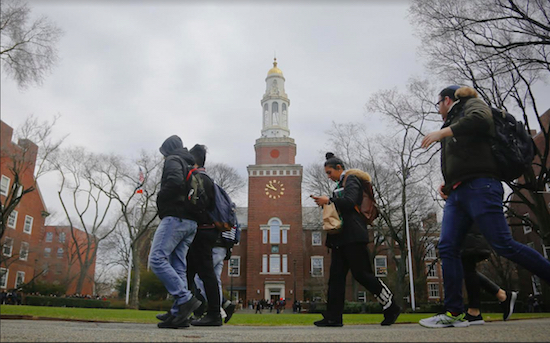OPINION: Brooklyn College students largely low income, feel cheated by state programs

According to statistics from the office of Gov. Andrew Cuomo and provided to Brooklyn College, only 2 percent of Brooklyn College students can expect tuition assistance from the Excelsior Scholarship, disappointing students and leaving many feeling “cheated.”
The governor’s office released documents in early October that said nearly 210,000, or 53 percent of all eligible students, are attending SUNY/CUNY schools, tuition-free through financial assistance from the Excelsior Scholarship and other federal and state aid.
But at Brooklyn College, out of more than 17,000 students, only 773 students are eligible for the Excelsior Scholarship because of strict qualifications. Out of the students who meet the guidelines only 375 Brooklyn College students should expect to get an Excelsior scholarship because of the “last dollar” structure of the program that only covers funding to those who don’t receive financial aid.

Brooklyn Boro
View MoreNew York City’s most populous borough, Brooklyn, is home to nearly 2.6 million residents. If Brooklyn were an independent city it would be the fourth largest city in the United States. While Brooklyn has become the epitome of ‘cool and hip’ in recent years, for those that were born here, raised families here and improved communities over the years, Brooklyn has never been ‘uncool’.